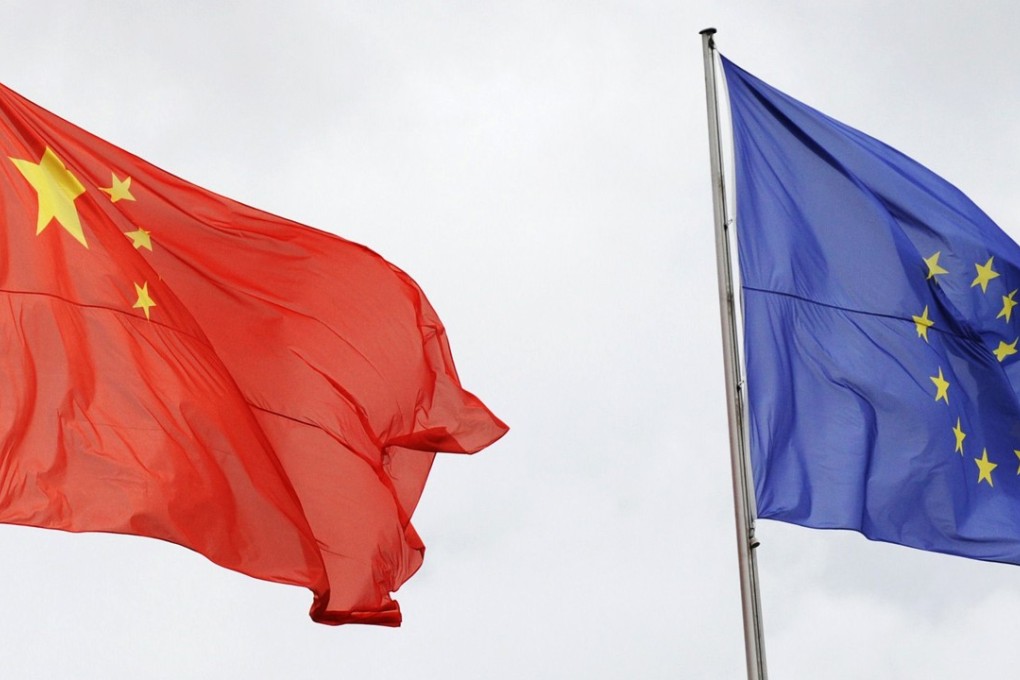EU and China to meet and discuss ways of dealing with Trump’s tough trade tariffs
The EU is concerned that Beijing is dividing the bloc through its investment, making member states less critical of China

China and the European Union will seek ways to confront US President Donald Trump’s belligerence on trade during their high-level dialogue scheduled on Monday, in addition to settling their differences on investment restrictions.
Chinese vice-premier Liu He will meet with EU Commission vice-president Jyrki Katainen in Beijing on Monday where the two sides will not only confront US unilateralism, but also EU investment screening and Europe’s demand for greater access to Chinese markets.
“The elephant in the room is Trump and his view on the global trade order. This issue will eclipse everything else,” said Jan Weidenfeld, analyst of Europe-China relations at the Mercator Institute for China Studies. “Both sides are under pressure to avoid a public spat, which would dilute their ability to signal to the Americans that they’re not happy.
“We are there – we are having a very frank conversation now, and we would be having a much franker discussion if we didn’t have all the trouble with the US administration.”
The economic dialogue was overshadowed by Trump’s decision to impose tariffs on China and US allies, including Europe.